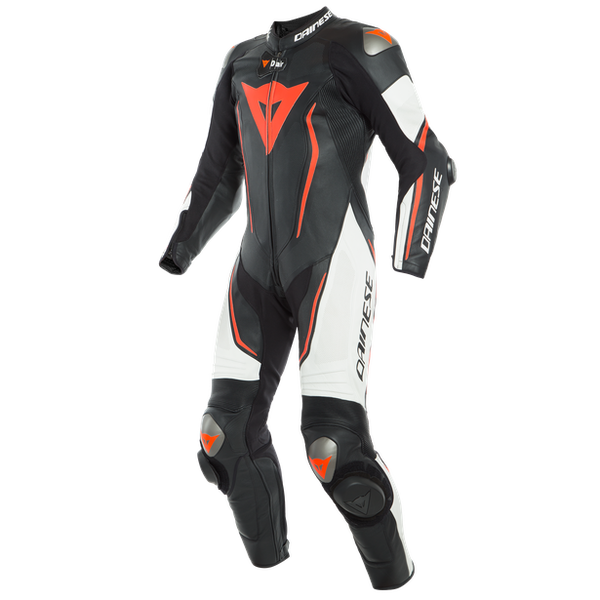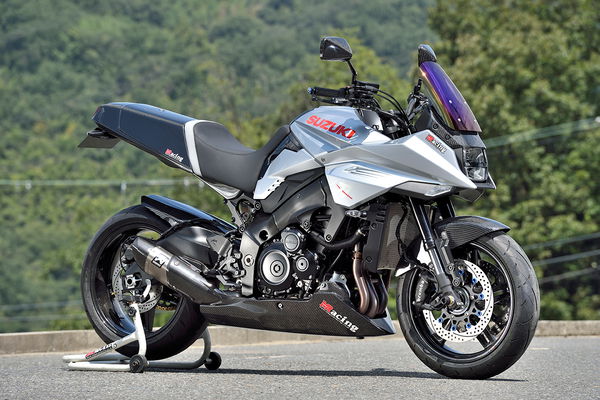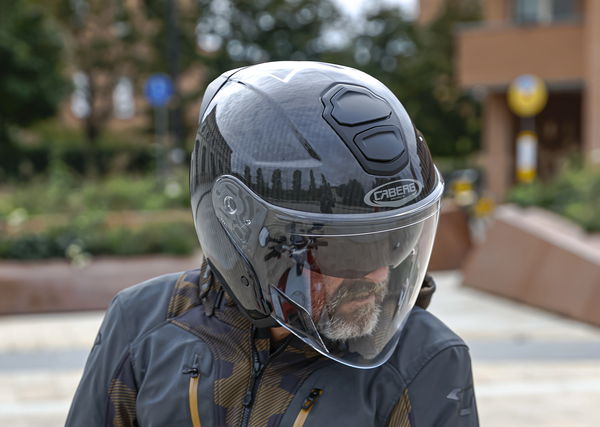Could this cycling helmet show the future for motorcycle helmets?
Two companies have come together to develop an airbag-integrated cycling helmet. Could this technology be used in future motorcycle helmets?

Airbags have become commonplace in motorcycle gear over the last decade or so, but traditionally have remained located south of the wearer’s neck, with some exceptions.
In cycling, though, airbag-integrated helmets are being developed in order to improve safety by reducing the forces involved in a crash.

For example, Hovding - who made an airbag helmet for motorcycles in 2009 - are developing a device that appears as a sort of neck pillow that inflates in a crash.
Fitting a more traditional view of head protection is the collaboration between Autoliv - which specialises in automotive safety systems - and POC - which specialises in sports and cycling protection.
The two announced in July that they are joining forces to create an airbag helmet aimed at cyclists. Much as with airbag technology in motorcycle leathers and jackets, for example, the idea of the airbag-integrated helmet for cycling is to reduce the forces involved in an impact and therefore improve head protection.

“After conducting a pre-study,” an Autoliv press release says, “[the] conclusion from the Autoliv research team is that a cycle helmet with an integrated airbag can significantly improve protection and reduce the consequences of impacts to cyclists.”
This is because the airbag would slow down the acceleration of the head on impact with a solid surface. As a result, the forces the head is subjected to are decreased.
Autoliv also says that the design, weight, and comfort of a helmet is not compromised by the integration of an airbag, and that in a 12mph impact the risk of the wearer incurring moderate to fatal head injuries is reduced from 80% to 30%.
This is a significant reduction, and it raises the question of how applicable this kind of technology would be to motorcycle helmets, where the speeds are higher, and where airbags have already proven to be successful in helping prevent injuries when used to protect other parts of the body.
Additionally, part of the cause of concussion is the sudden acceleration or deceleration of the head, which causes the brain to move. The slowing effect of the airbag on the acceleration of the head could reduce the movement of the brain in high-energy impacts and therefore reduce the severity of concussions.











